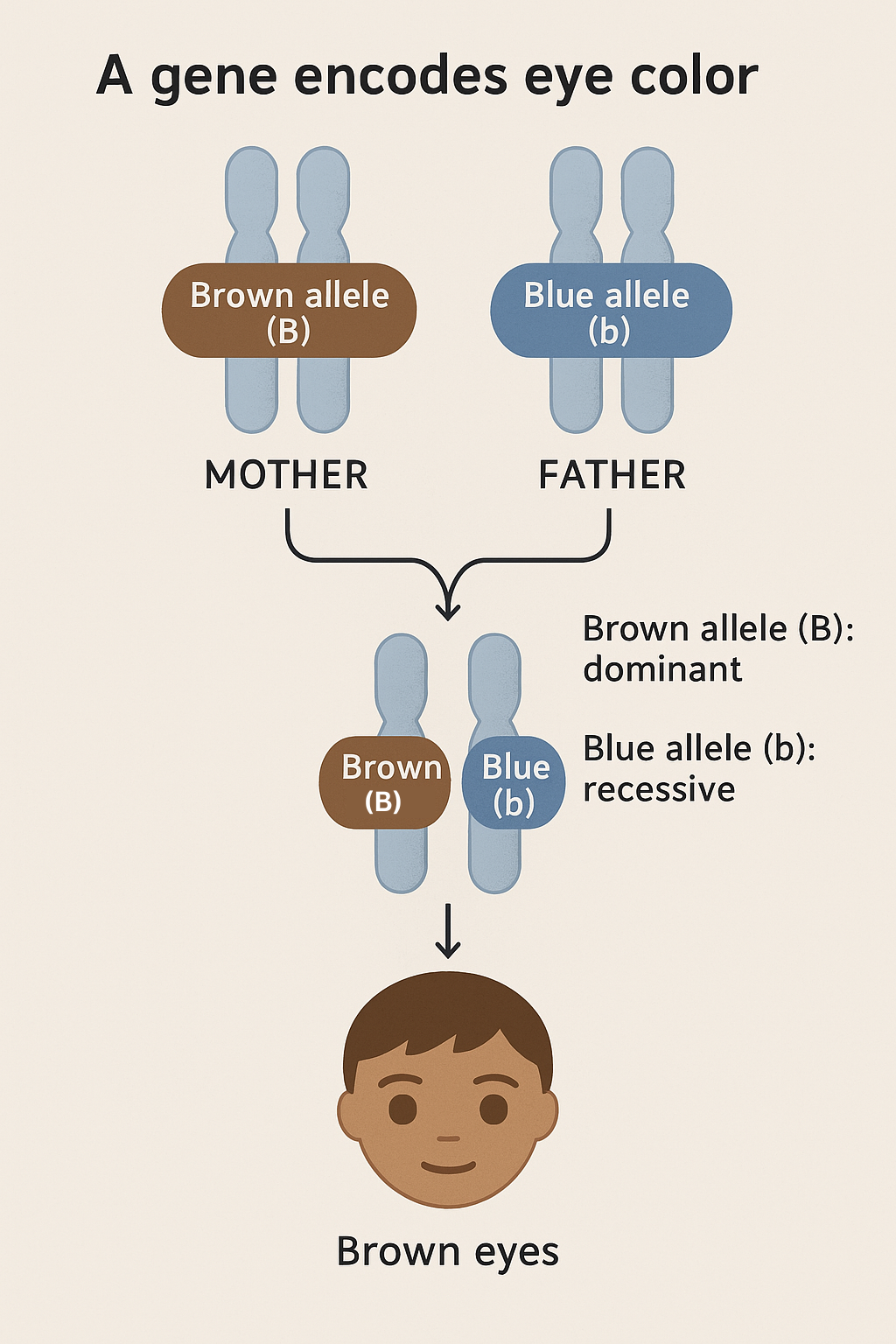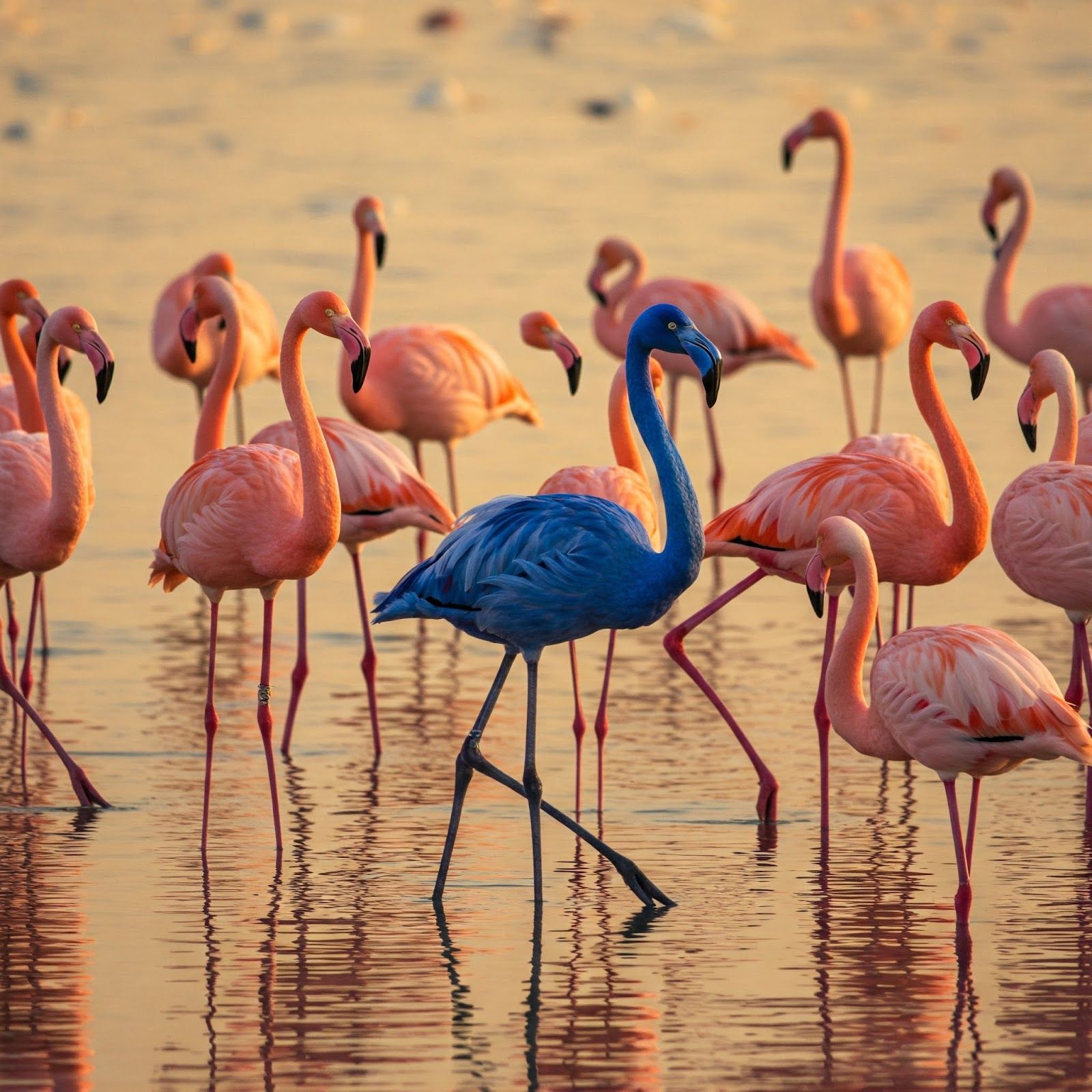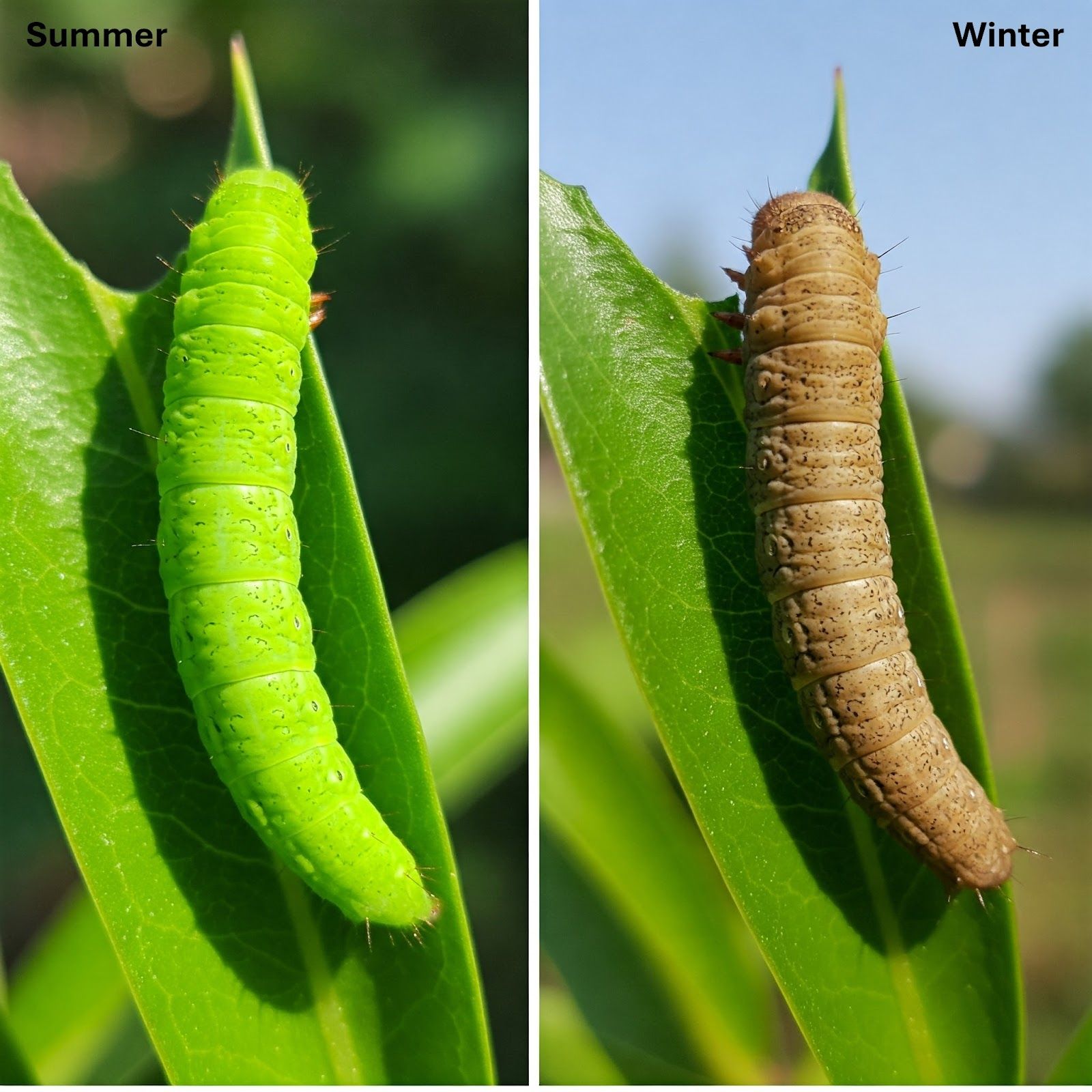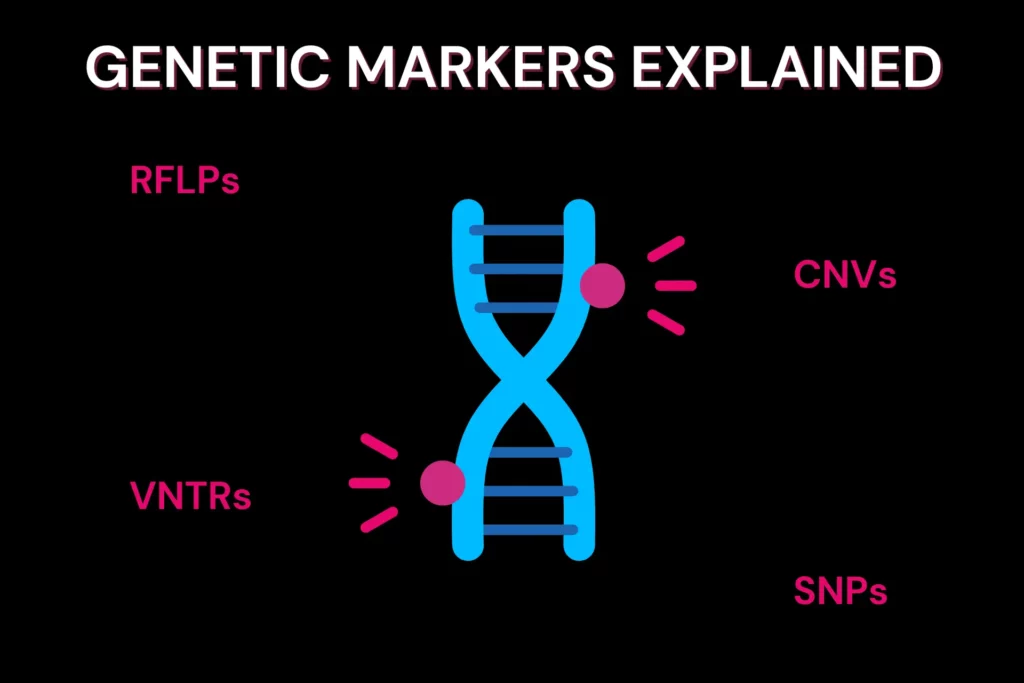Two brothers grow up in the same home with the same parents and even the same blue eyes. Yet, one is taller, the other has a deeper voice, and their personalities couldn’t be more different. How does that happen if their genes come from the same place? The secret lies in the difference between genotype and phenotype. A flamingo isn’t born pink—it turns pink because of what it eats. Identical twins inherit the same blueprint, but their environment and experiences add unique twists. Science is uncovering more about this connection every day, expanding our knowledge of genetics, health, and evolution. Are we defined by our DNA or our surroundings? Let’s break it down and find out.
What Is The Difference Between Genotype And Phenotype?
Genotype and phenotype are closely related terms that represent different aspects of an organism.
One refers to its genetic makeup, while the other describes how those genes manifest.
The table below highlights their key differences.
| Feature | Genotype | Phenotype |
| Definition | Genetic makeup of an organism (alleles inherited from parents). | Observable traits resulting from genotype and environment. |
| Inheritance | Directly inherited from parents. | Not inherited; influenced by genetic and environmental factors. |
| Assessment | Detected via methods like DNA sequencing, PCR, or genotyping assays. | Determined through observation (e.g., eye color) or measurement (e.g., height). |
| Stability | Stable throughout life (except for mutations). | Can change due to environmental influences. |
| Role in evolution | Changes through mutations or recombination, influenced by natural selection. | Direct target of natural selection (e.g., traits affecting survival/reproduction). |
| Variability in twins | Identical in monozygotic twins. | Differ due to the environment. |
Defining Genotype
A genotype is the complete set of genetic blueprints (a DNA sequence) an organism inherits from its parents.
These blueprints sketch out characteristics, but how they manifest can depend on various factors.
What Are Common Genotypes?
Genotypes come in allele pairs representing a trait's dominant and recessive versions.
For example, when considering height, the dominant allele promotes greater height, while the recessive allele promotes lesser height.
When two of a kind occur together, that version of the trait is selected and expressed, but when both alleles occur together, the dominant trait takes priority and is expressed.
The most common types are:
- Homozygous dominant (AA): Both gene copies carry the dominant version of a trait (A).
- Heterozygous (Aa): One copy has the dominant version (A), and the other has the recessive one (a).
- Homozygous recessive (aa): Both copies carry the recessive version.
Genotype Examples
Eye color is a well-known example of how genotypes work.
A person receives one allele from each parent, and how dominant and recessive genes work together influences their eye color.
The mother contributes a brown allele (B), and the father contributes a blue allele (b).
Because brown (B) is dominant and blue (b) is recessive, the child with one of each allele has brown eyes.
The same genetic process plays a role in other traits, like hair color and height.
This process of inheriting alleles and the resulting eye color is illustrated in the image below.

Defining Phenotype
Phenotype consists of all an organism's observable traits, influenced by genetic factors and environmental conditions.
While an individual's genes provide the blueprint, the expression of these traits isn't entirely genetic.
Non-genetic factors such as climate, nutrition, and biological processes can modify the expression of traits.
Phenotype Examples
Flamingoes are genetically wired for certain colors, but pigments in their diet can influence the exact shade we see.
The image below shows that flamingos display different shades depending on their diet, highlighting how the environment shapes phenotype.

How Are Genotype And Phenotype Related?
Genotype and phenotype don’t always have a clear connection, even though both play key roles.
To strengthen this connection, genome-wide association studies (GWAS) analyze genetic variants and link them to specific traits.
These studies often help understand the mechanisms behind complex traits and diseases.
Through techniques like next-generation sequencing (NGS) and whole-genome transcription profiling, researchers may better understand how genes influence traits.
Additionally, changes in DNA sequences have been linked to differences in traits among individuals and species.
Evolutionary Changes To Genotypes
Evolution happens when the genes of living things change over time, influencing how species grow and adapt.
These gene changes, known as genotype changes, play a key role in evolution.
Small changes in DNA, called mutations, introduce new traits, while gene mixing during reproduction creates fresh combinations.
Some traits are more evolutionarily favorable than others for an organism’s survival.
They are retained through an evolutionary process called natural selection.
Over time, nature selects the traits that help organisms survive, a process known as natural selection.
For example, as seen in the image below, a caterpillar’s skin color changes to adapt best to the temperature of its surroundings.
Though it carries genetic blueprints for several colors, it selects the shade most favorable for survival.

Organisms that are better adapted to their environment survive longer and can pass these favourable genes and traits to the next generation.
Do Phenotypes Change?
Yes, phenotypes can change, as they are not fixed and can be influenced by environmental conditions.
Traits such as body structures, behaviors, and even molecular expressions can shift in response to different surroundings.
External factors influence these changes as an organism develops.
Phenotypes can even influence the interactions between organisms and their environment.
Differences In Genotype vs. Phenotype Analysis
Genotype analysis identifies differences in DNA using various techniques.
Large-scale methods examine multiple genetic markers simultaneously, while smaller studies focus on specific variations.
Common techniques for genotype analysis include:
- Next-generation sequencing (NGS): Analyzes entire genomes or targeted regions.
- Single-nucleotide polymorphism (SNP) microarrays: Detect variations at known positions on DNA.
- Quantitative PCR (qPCR): Uses fluorescence to detect specific DNA sequences.
- PCR allele competitive extension (PACE): A cost-effective method for SNP genotyping.
- Digital PCR (dPCR): Provides precise quantification of DNA targets.
These techniques reveal whether a person carries one or two copies of a gene variant, helping estimate their likelihood of expressing a certain trait.
GWAS and quantitative trait loci (QTL) mapping help link genetic variations to specific traits.
Phenotype analysis studies observable traits influenced by genes and the environment.
Modern tools allow large-scale, non-destructive data collection.
Key techniques in phenotype analysis include:
- Imaging-based phenotyping: Uses visible, infrared, or fluorescent light to image a sample.
- Spectral analysis: Measures the interaction of light with biological samples at different wavelengths.
- Time-series analysis: Tracks observable changes over time.
- Machine learning: Studies phenotype data to glean patterns and connections.
Unlike genotype analysis, phenotypic traits change over time due to environmental factors.
Combining genotype and phenotype data helps understand inheritance patterns.
GWAS and QTL mapping are key in linking genetic variations to specific traits, helping researchers understand inheritance patterns.
However, challenges like pleiotropy (one gene affecting multiple traits), epistasis (gene interactions), and environmental effects complicate analysis.
Careful study design helps achieve accurate results by minimizing errors.
FAQs: What Is The Difference Between Genotype And Phenotype?
What Is An AS Genotype?
The AS genotype means a person has one normal hemoglobin gene (A) and one sickle cell gene (S). They carry the sickle cell trait but do not have sickle cell anemia.
If two people with the AS genotype have children, there is a chance the child could inherit:
- SS (sickle cell anemia) 25%
- AS (sickle cell trait, but no disease) 50%
- AA (healthy, no sickle cell gene) 25%
However, if someone with AS has children with a person who has the AA genotype, their child can inherit either AA or AS with no risk of sickle cell anemia.
Is Eye Color Genotype Or Phenotype?
Eye color is a phenotype, a visible trait influenced by genetic factors.
GWAS have identified specific SNPs in various genes directly linked to differences in eye color among Europeans.
These findings confirm that eye color is a genetically complex trait shaped by multiple genetic variations rather than a single gene.
What Genotypes Do Females Have?
Females have an XX genotype, which means they inherit one X chromosome from each parent.
Mothers pass on one X chromosome, while fathers may pass on either an X or a Y chromosome, resulting in either a female(XX) or male(XY) genotype, respectively.
Unlike males, who inherit a Y chromosome from their father, females lack a Y chromosome, and their biological traits develop accordingly.
Can I Change My Genotype?
No, you cannot change your genotype since it remains constant throughout your life.
The only exception is rare cases of spontaneous mutations, which are unexpected changes in DNA that happen naturally.
However, environmental factors can influence how your traits appear, leading to variations in phenotype.
Summary: Genotype And Phenotype
- Genotype is the inherited genetic identity of an organism.
- It is represented as a pair of alleles, which are codes for dominant or recessive versions of a trait.
- Phenotype is a set of observable traits resulting from the influence of the genotype and the environment.
- The genotype provides the potential for traits, but the environment helps shape how those traits manifest.
- Genotypes don’t change unless a mutation occurs, but phenotypes change with diets, climates, or lifestyles.
- If beneficial to the organism, changes in the genotype that result in a favourable phenotype may be favoured by natural selection.
- In evolution, changes in genotype introduce new traits, and natural selection acts upon the phenotype.
- Genotype analysis uses methods like DNA sequencing and PCR, while phenotype analysis involves tools like imaging and machine learning.
Others Are Also Reading

The Future Of Genetic Testing: Emerging Trends And Innovations

Genes vs. Lifestyle: Striking The Right Balance

Genetic Markers Explained
References
https://www.sciencedirect.com/topics/biochemistry-genetics-and-molecular-biology/phenotype
https://www.idtdna.com/pages/applications/genotyping
https://www.jbc.org/article/S0021-9258(25)00114-0/fulltext
https://pmc.ncbi.nlm.nih.gov/articles/PMC4530591
https://genomix.ng/category/genotype
https://www.sciencedirect.com/science/article/pii/S0960982209005971
https://www.genome.gov/27557513/the-y-chromosome-beyond-gender-determination




